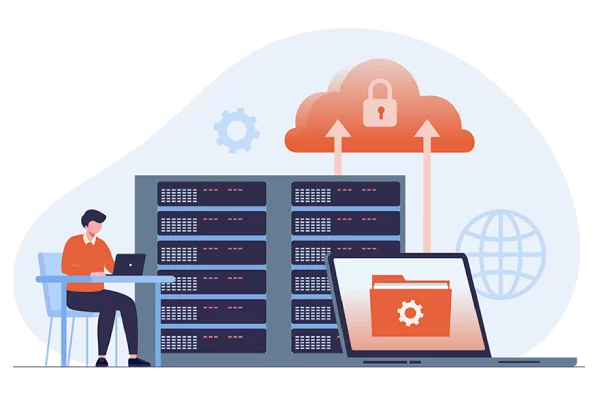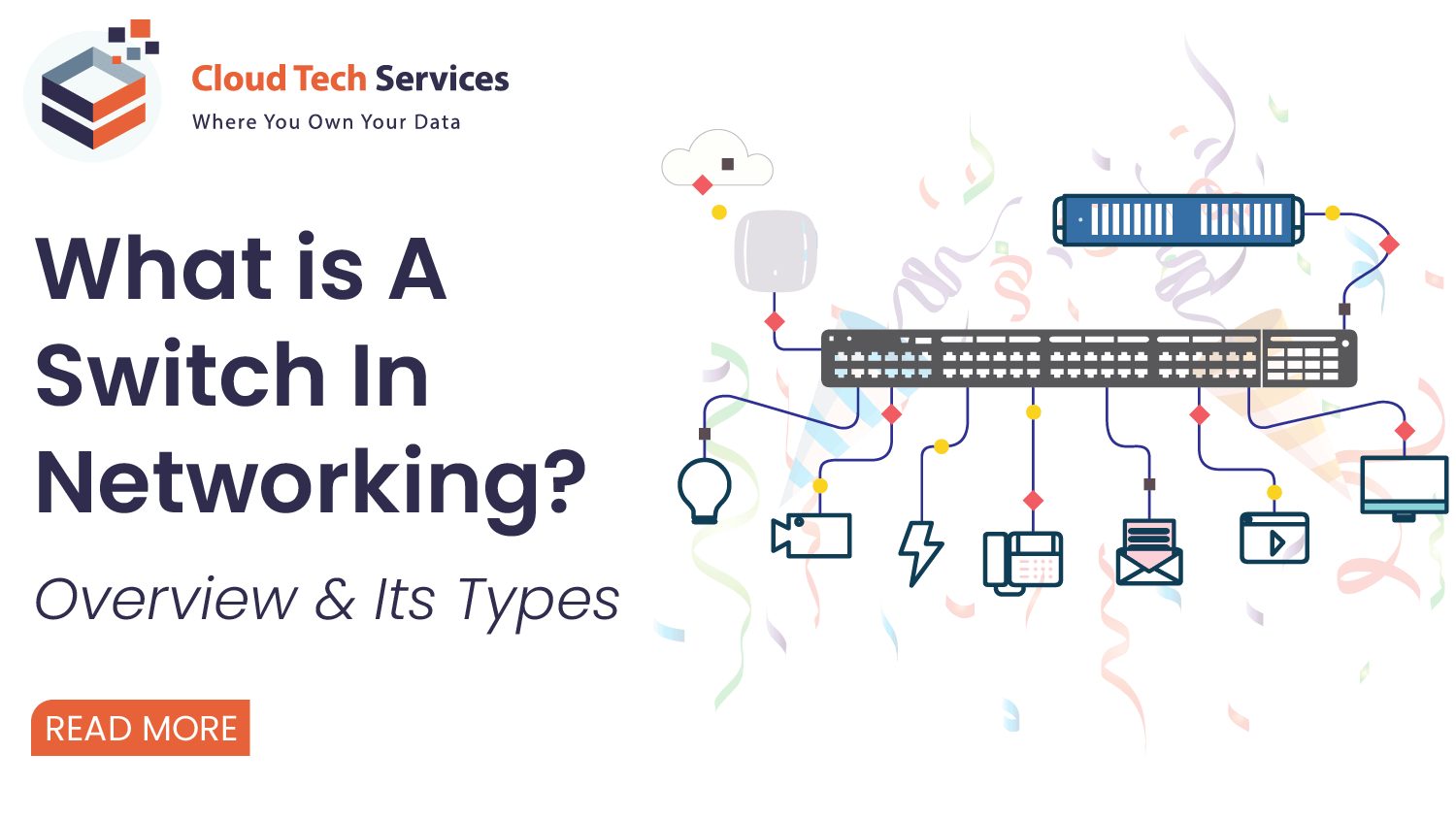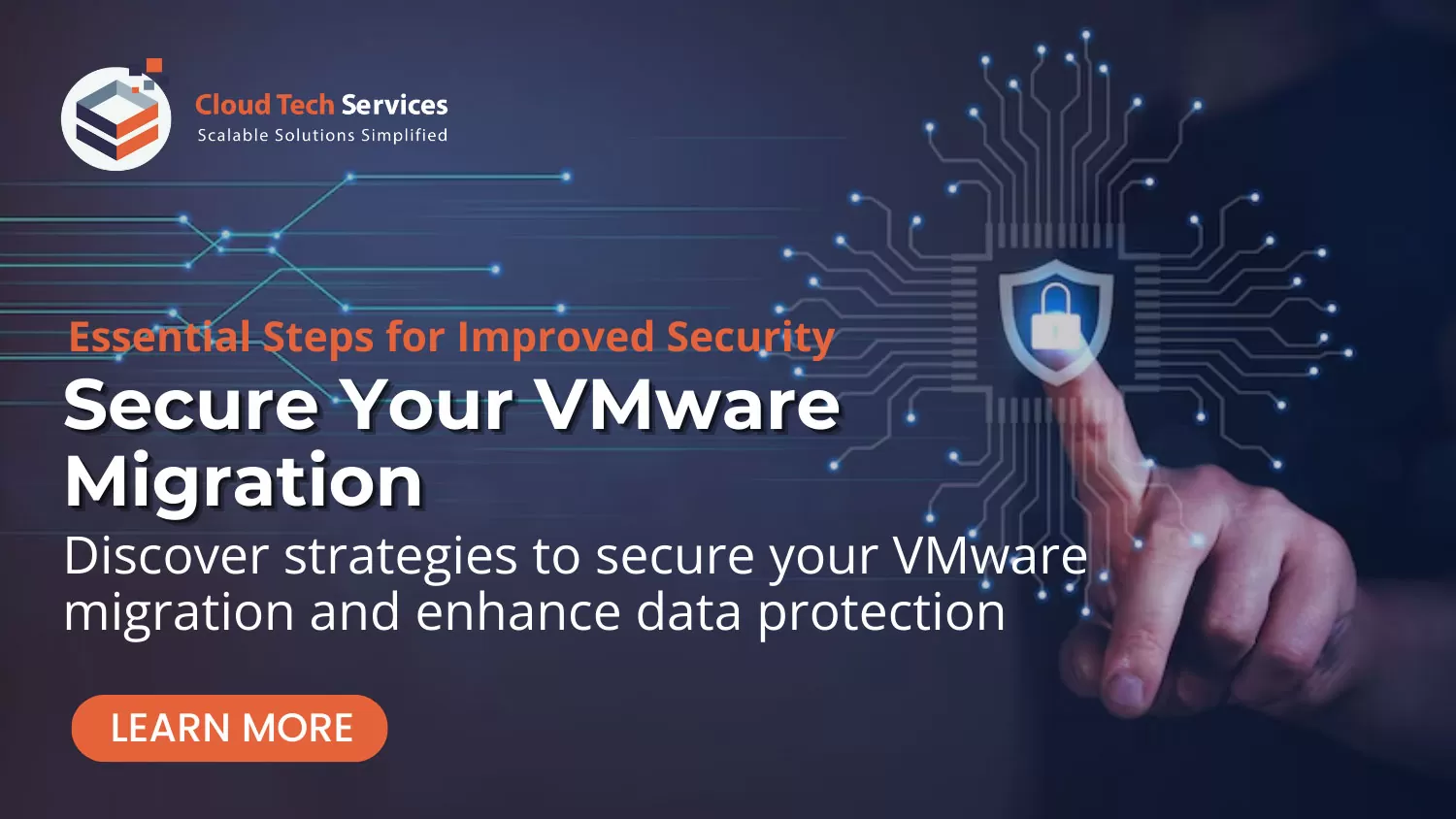Security Operations Center (SOC)
Protecting Your Digital Fortress: Unleash the Power of Our Security Operations Center (SOC)

- Monitoring | Analysis | Triage | Assessments | Remediation | Advisory | Reporting
Why Choose Us?
The Vital Role of Security Operations Center (SOC)
Amidst the evolving cybersecurity threats, the Security Operations Center (SOC) stands tall against digital intrusions. Serving as the nerve center for an organization’s defense, it continuously monitors and safeguards its digital infrastructure. With skilled analysts and engineers, the SOC operates round-the-clock, employing cutting-edge technologies to neutralize cyber threats before they cause harm.
The SOC’s primary objective is maintaining real-time situational awareness by analyzing vast security data from various sources. Through constant monitoring and rapid incident response, it fortifies an organization’s defenses against sophisticated cyber threats. Swiftly detecting and containing security incidents ensures minimal downtime, preserving the integrity, confidentiality, and availability of critical IT systems and data in this relentless digital world.
Guardians of the Digital Realm: Unleashing the Power of SOC in IT Security
Our IT Security - Security Operations Center (SOC)
- Security Event Monitoring: Basic monitoring of security events and alerts generated by security devices such as firewalls, intrusion detection systems, and antivirus software.
- Log Analysis: Review logs and generate reports to identify potential security incidents or anomalies.
- Incident Triage: Initial assessment and classification of security incidents based on severity and impact.
- Threat Detection and Response: Proactive monitoring of network traffic, systems, and applications to identify potential threats and security breaches.
- Incident Investigation: In-depth analysis of security incidents to determine the cause, impact, and appropriate response.
- Vulnerability Scanning and Assessments: Conduct regular vulnerability scans, penetration testing, and security assessments to identify and address vulnerabilities in the environment.
- Advanced Threat Hunting: Proactive and targeted searching for advanced persistent threats (APTs) and sophisticated attack techniques that may bypass traditional security measures.
- Incident Response and Remediation: Rapid response to security incidents, including containment, eradication, and recovery. This involves coordinating with internal teams, law enforcement (if necessary), and conducting forensic investigations.
- Security Architecture and Design: Assisting in the design and implementation of secure IT architectures, including network segmentation, access controls, encryption, and secure configurations.
- Security Advisory Services: Providing strategic guidance on security best practices, regulatory compliance, and emerging threats.
- Security Awareness Training: Conducting security awareness programs and training sessions for employees to promote a security-conscious culture.
- Security Incident Management: Developing and maintaining security incident response plans, playbooks, and escalation procedures.
- Security Metrics and Reporting: Generating regular reports and security metrics to provide insights into the effectiveness of security controls, incident trends, and risk management.
Why Choose Us?
Tailored IT Solutions for Your Success

Exceptional Expertise
With over four decades of extensive experience, our team of IT professionals continually strives to deliver the most suitable solution for your diverse IT needs.

Business Efficiency
Workload-Customized systems are available. Simplified management platform. Analytics Dashboard, Reports, & Storage Statistics. Partner access to unique service enhancements.

Flexible Engagement Models
Every organization has unique requirements. Our flexible engagement models and scalable solutions empower you to adapt and scale your IT capabilities.

Industry Best Practices
We stay at the forefront of technological advancements and methodologies to deliver innovative, future-ready IT Solutions and managed services.
Get To Know
Our Process
Step 1
Evaluate
Identify your IT needs, compare managed IT service providers, and select the best fit for your business.
Step 2
Transition
The process of moving from an in-house IT infrastructure to a managed IT service provider.
Step 3
Deployment
The process of deploying managed IT services to your business, including planning, configuration, testing, and deployment.










